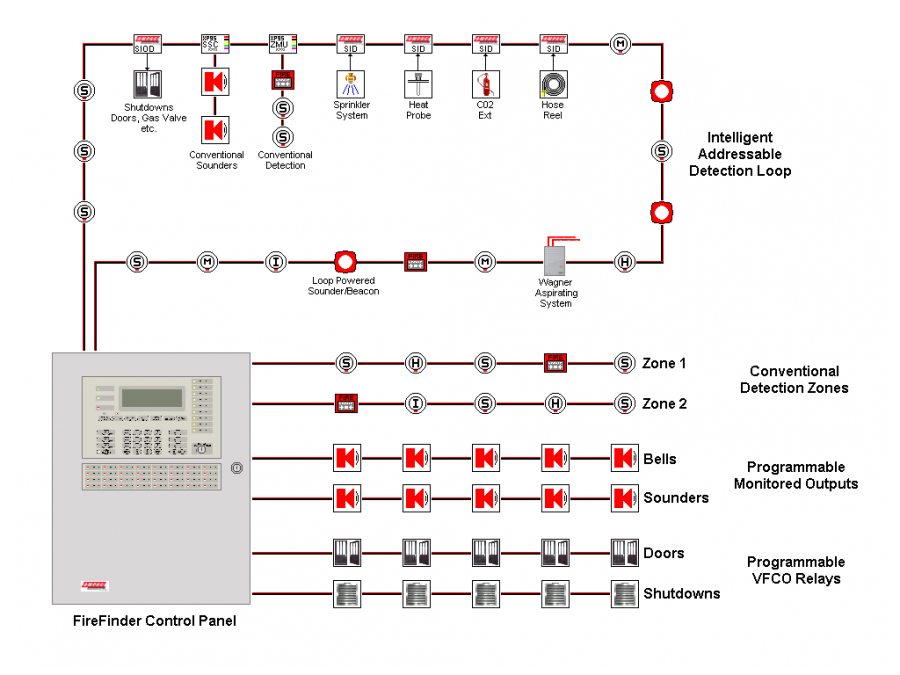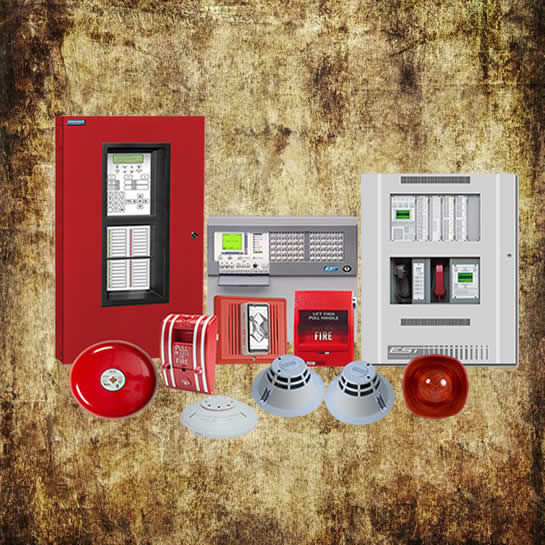Fire Alarm System
There are two kinds of fire alarm system.
1. Conventional Fire Alarm System
2. Addressable Fire Alarm System
Component:
1. Fire Alarm Controller
2. Heat Detector
3. Smoke Detector
4. Manual Call Point
5. PCB Board and Intelligent Input/Output Module
Introduction:
A fire alarm system has a number of devices working together to detect and warn people through visual and audio appliances when smoke, fire, carbon monoxide or other emergencies are present. These alarms may be activated automatically from smoke detectors, and heat detectors or may also be activated via manual fire alarm activation devices such as manual call points or pull stations. Alarms can be either motorized bells or wall mountable sounders or horns.
Approval Standard:
1. IMO Res.MSC.339(91), Annex, Amendments to the International Code for Fire Safety System(FFS Code), Chapter 9.
2. IMO Res.MSC.311(88), Annex, Amendments to the International Code for Fire Safety System(FFS Code), Chapter 9.
3. Regulation 7, Chapter II-2, Consolidated Text of International Convention for the Safety of Life at Sea,2014.
4. ISO 7240 Fire Detection and Alarm System
Fire Alarm System Architecture:

Difference of Conventional and Addressable Fire Alarm System:
- Addressable fire alarm systems give information about individual detectors, whereas conventional systems only give information about specific circuits (zones).
- Due to this, addressable systems allow a courtesy text label to allow easy identification of any event. For instance detector 1 may be given the label “Bedroom 1”.
- Most addressable systems allow an early “pre-alarm” warning, which allows the responsible person to investigate potential alarms before the system activates it`s sirens
- Many addressable systems can alter the alarm threshold of the detectors, in order to meet the needs of different environments in different areas of the system
- Addressable systems are usually wired in a loop. Conventional systems are usually wired as radial circuits.
- Addressable systems usually have a real time clock & event log to record system events.
- Larger addressable systems usually have the ability to use sophisticated programming options to operate certain outputs only with specific events.
- Historically, addressable systems have tended to be complicated to configure, and cost between 50% to 100% more than a conventional equivalent.

